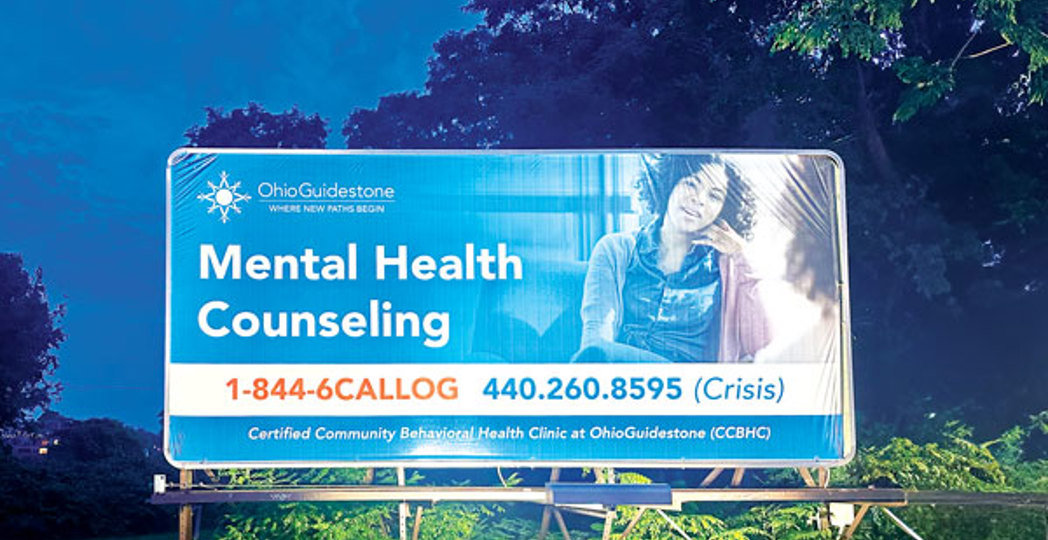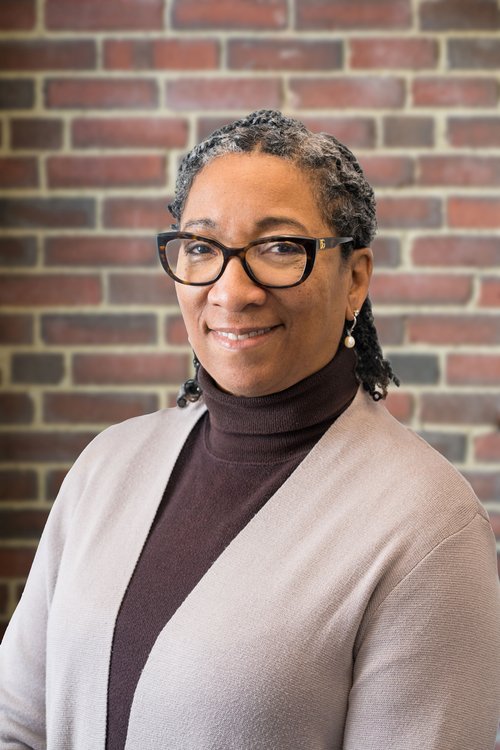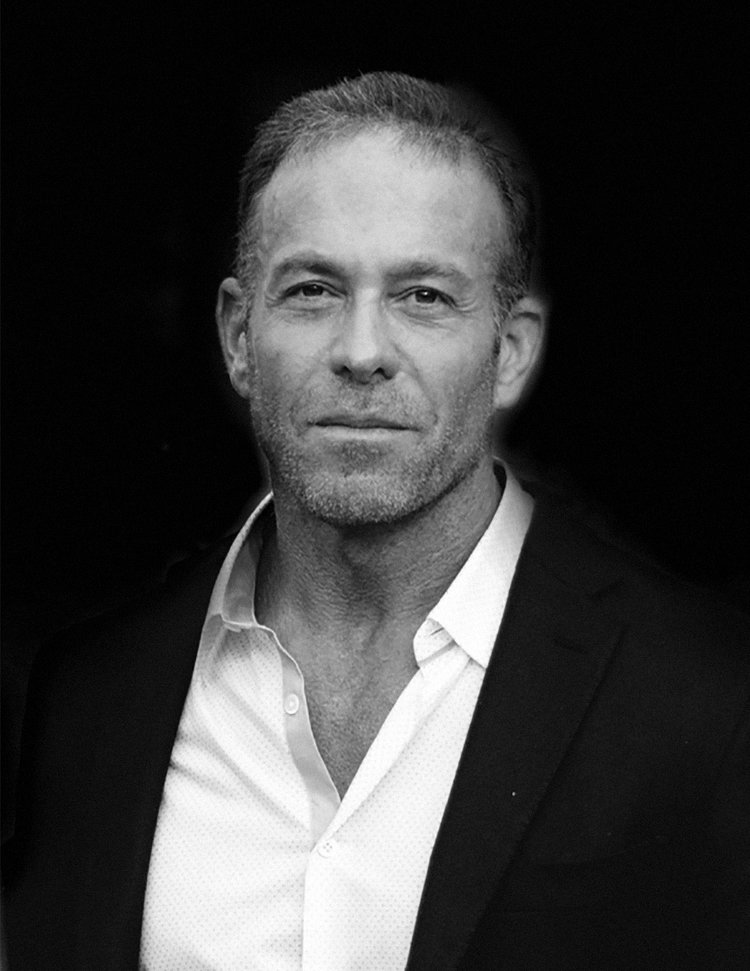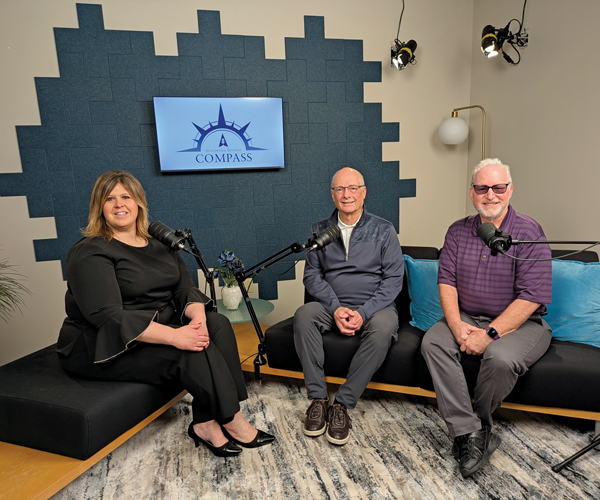How OhioGuidestone is Improving Access to Mental Health Care
by Joanne Parrino Cahill | Feb. 1, 2024 | 5:00 AM

Courtesy Ohio Guidestone
While the stigma surrounding mental health illness is slowly abating, services are still difficult to access.
Service availability is not meeting demand, and those who do get an appointment often have long wait times. What’s more, patients who are fortunate enough to get an appointment with a mental health professional often need additional health care or social services, which can be difficult to navigate. A workforce shortage in the behavioral health care space is another big part of the challenge.
But a new model of care — Certified Community Behavioral Health Clinics — or CCBHCs, provided by OhioGuidestone, aims to change this.
OhioGuidestone is the leading behavioral health provider in Ohio, providing a full continuum of mental health and substance use disorder services for children and adults. It serves 26,000 people each year through community-based, telehealth and physical locations throughout the state. Founded in 1864 in Berea, it is the state’s leader in community behavioral health with 39 locations throughout Ohio.
The agency also provides job training services and helps young people in the residential, foster care and juvenile justice systems. In fact, a significant number of OhioGuidestone clients are young people aging out of the foster care system.
Now, the agency is rolling out a new federally funded CCBHC model of care designed to improve the way people
receive mental health and substance use disorder services.
The innovative national care model mandates that services are provided quickly and that no one can be turned away for any reason. In addition, patients receive help coordinating with other needed support like primary care or social services.
Larraine Stehlik, regional director of OhioGuidestone’s Adult and Recovery Services, laid out the four key components that set the CCBHC model apart. First, access to care is a priority. No one can be turned away for any reason. In addition, crisis services are available for those in need 24/7. The program delivers access to basic needs impacted by social drivers of health such as food, transportation, employment and housing. Finally, care coordination is a key component to helping organize all needed services.
“We focus on quality care,” she explains. “The client can see as much of us as they need to see. We can take them to their appointments. We go above and beyond to provide quality and consistent care.
“Poverty is a health epidemic,” she adds. “Sometimes people are just trying to stay warm.”
CCBHCs are made possible through the Substance Abuse and Mental Health Services Administration, known as SAMHSA. OhioGuidestone was awarded grants in two areas in the state: Cuyahoga County and a rural four-county region in northwest Ohio serving Defiance, Henry, Fulton and Williams counties. A common thread between the two disparate communities is that both suffer a large gap in available social services.
OhioGuidestone now provides a behavioral health urgent care. Stehlik compares the CCBHC urgent care model with a typical urgent care center.
“You may think of urgent care for an ailment like a sore throat or the flu,” she says. “But our clinics are specifically designed to treat behavioral health issues like panic attacks, severe depression or substance use crisis.”
The walk-in centers are open 9 a.m. to 1 p.m. Monday through Thursday, but help is available during flexible hours by
appointment Monday through Friday and 24/7 through a crisis hotline. Counselors on the hotline immediately assist those in crisis to stabilize and deescalate, as well as to access immediate care if needed. OhioGuidestone’s walk-in centers are located at 3420 Carnegie Ave. in Cleveland and 600 Freedom Drive in Napoleon, Ohio, but the CCBHC model is incorporated into all the services the agency provides.
The urgent care professionals address a spectrum of issues facing youth, teens and adults. Many are feeling overwhelmed, in a family crisis, thinking of harming themselves, struggling with family or parent issues or are facing a substance use crisis.
“The CCBHC model is not a building,” explains Stehlik. “Any client of OhioGuidestone in these two areas is served by the CCBHC model. It’s a team of staff that provides a spectrum of services in spaces beyond the brick and mortar. We are in schools. We are in the community. We are in shelters.”
Stehlik says that CCBHCs serve a lot of families — especially single mothers with children who are struggling in school. Most are trying to work, raise a family and make ends meet.
“We do a lot of family work,” she says. “A family member struggling with their children is a typical client for us. We see children, as well as parents, who require counseling and assistance with enhancing coping skills. Nearly all suffer from some type of trauma, and we help them manage their anxiety and depression or other symptoms. We give them the tools to cope and succeed.”
The program started about a year ago and, not surprisingly, has been growing steadily ever since. OhioGuidestone builds awareness about the clinics through billboards and through social media, as well as by collaborating with other social service providers.
“It’s picking up,” says Stehlik. “We are getting much more traffic now.”
The CCBHC program in Western Ohio is growing, too, and Stehlik says people there are suffering many of the same troubles: substance use disorders, poor access to care and many mental health crises. Transportation is also a challenge in the more sprawling rural region.
“That’s why our community-based model is so helpful,” she adds.
Another common thread between the Cleveland and Western Ohio locations is the workforce shortage. The need for staff is so great that OhioGuidestone is offering incentives for new hires, such as generous signing bonuses.
“It’s been such a challenge to find new hires,” says Stehlik. “We are competing with other providers and other opportunities in the state. The competitive edge we have is that we are a bigger organization with an amazing culture that can provide more opportunities and more flexibility. Some folks even want to work second jobs elsewhere. We can accommodate that and provide a bigger safety net.”
Trending
-
1
-
2
-
3
-
4
-
5










